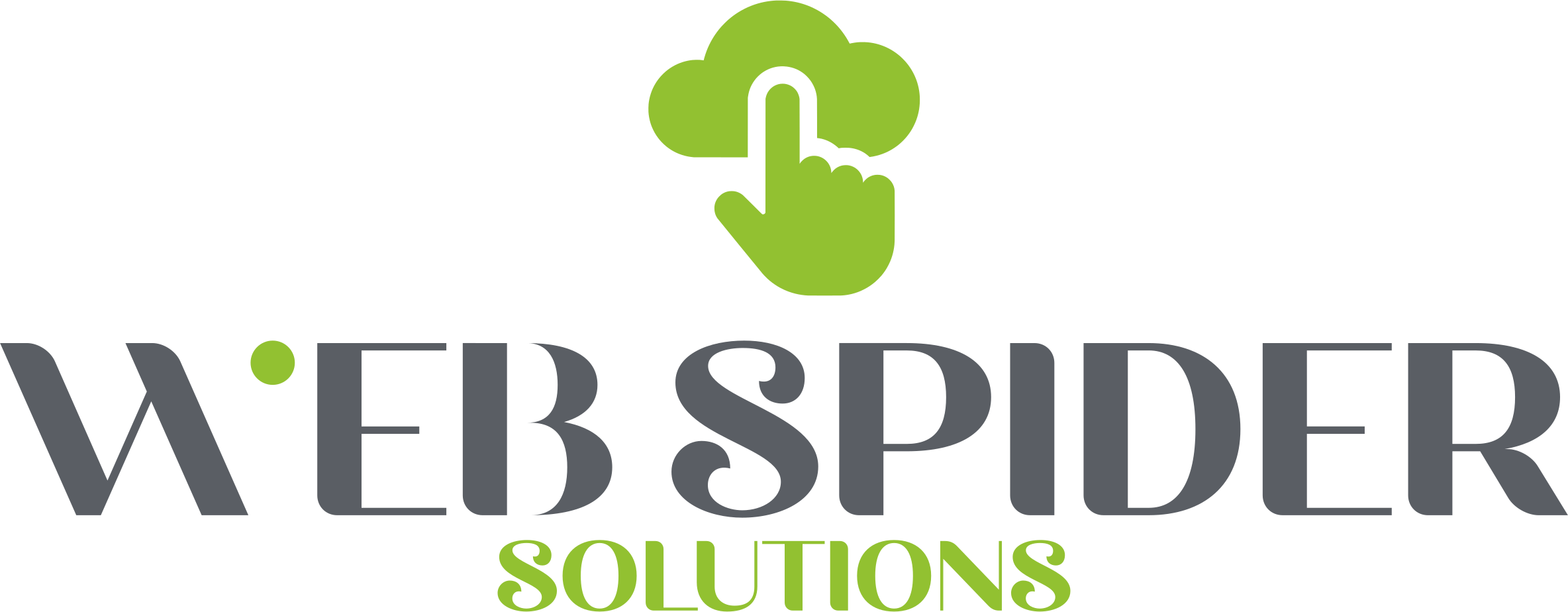Over the years, content writing for Software as a Service (SaaS) has become a crucial element in reaching and engaging customers in the digital landscape. In this top 10 listicle, we’ll explore the vital steps to kickstart your journey in creating compelling content for SaaS products, guiding you towards success with authoritative insights and expert tips.
Table of Contents
Define Your Audience
Identify customer demographics
While crafting content for your SaaS product, it is crucial to first understand who your target audience is. You need to identify the demographics of your potential customers, including their age, gender, location, income level, and interests. This information will help you tailor your content to appeal to their specific needs and preferences.
Understand customer needs
Needs are the core of any successful content strategy. You must explore deep into the pain points and challenges that your target audience faces. By understanding what drives their decisions and what solutions they are seeking, you can create content that resonates with them and establishes your SaaS product as the go-to solution.
Customer needs can vary greatly depending on the industry, the size of the business, and the specific goals of the individual or company. Conducting thorough research, surveys, and interviews with your target audience can provide valuable insights into their motivations and preferences.
Set Clear Goals
Increase brand awareness
If you want your SaaS company to stand out in a crowded market, increasing brand awareness should be one of your key goals. This involves making sure that your target audience knows who you are, what you offer, and why they should choose your software over the competition. By setting clear goals focused on brand awareness, you can create targeted content that resonates with your audience and helps to boost your visibility in the market.
Drive software adoption
Goals related to driving software adoption are crucial for the success of your SaaS business. If you want customers to not only sign up for your software but also become active users and advocates, you need to set specific goals that focus on user engagement, onboarding processes, and customer retention. By defining clear objectives for driving software adoption, you can create content that guides users through the journey of using your software and ensures they get the maximum value out of it.
Research Industry Trends
Study competitors
While developing content for your SaaS product, it’s imperative to analyze your competitors to understand their strategies, content mix, and engagement tactics. A thorough analysis can provide valuable insights into what works and what doesn’t in your industry, helping you tailor your content to stand out from the competition.
Discover content gaps
For a comprehensive content strategy, it’s crucial to identify content gaps in your industry. By analyzing what topics are not adequately covered by competitors or are gaining traction among your target audience, you can capitalize on these opportunities and position your SaaS product as a thought leader in the space.
It is imperative to conduct keyword research, analyze search trends, and gather feedback from customers to uncover areas where your competitors might be overlooking or where there is a high demand for relevant content.
Develop a Strategy
Decide content types
Despite the temptation to create various types of content, it is crucial to narrow down your focus to formats that align with your Saas product’s goals and audience preferences. Consider options such as blogs, whitepapers, case studies, videos, infographics, and webinars. Any content you choose should resonate with your target market and provide valuable information that solves their pain points effectively.
| Blog | Informative and engaging articles |
| Whitepapers | In-depth research and analysis papers |
| Case Studies | Success stories of your product implementation |
| Videos | Visual content for quick consumption |
| Infographics | Visual representations of data and information |
Plan distribution channels
If you want your content to reach the right audience, you need to develop a solid plan for distributing it effectively. Consider all the channels available to you, such as social media, email newsletters, industry publications, influencer partnerships, and SEO strategies. Plan your distribution channels strategically to ensure maximum visibility and engagement with your content.
Developing a detailed distribution strategy will help you reach your target audience where they are most active online. By analyzing your audience demographics and behavior, you can tailor your distribution plan to align with their preferences.
Plan your distribution channels based on the type of content you are creating and the platforms where your target audience is most active. By utilizing a mix of channels, you can amplify your content reach and drive traffic back to your Saas product.
Create a Content Calendar
Schedule publication dates
Create a detailed schedule for your content publication dates to ensure regular and consistent posts. Consider factors such as your target audience’s peak engagement times and industry events that may affect the relevance of your content. Tools like Google Calendar or content management systems can help you visualize and stay on top of your content calendar effortlessly.
Assign content creation tasks
Assuming you have a team working on your content, assign specific tasks to individuals based on their strengths and expertise. Clearly outline the expectations and deadlines for each task to ensure smooth workflow and timely delivery of content. Regular check-ins and updates can help keep everyone accountable and on track with the content calendar.
Schedule regular content brainstorming sessions with your team to generate fresh ideas and ensure diverse perspectives are considered in your content strategy. Encourage open communication and collaboration to maximize the creativity and effectiveness of your content creation process.
Establish Brand Voice
Define tone and style
Little by little, it’s important to define the tone and style of your brand voice. Are you going for a casual and friendly tone, or a more professional and formal approach? Understanding your target audience and the message you want to convey will help determine the tone that fits your brand best. Consistency is key in creating a memorable brand voice that resonates with your audience.
Maintain consistency
There’s no room for fluctuation when it comes to maintaining consistency in your brand voice. Your tone, style, and messaging should remain constant across all communication channels, from your website content to social media posts. Consistency builds trust and credibility with your audience, ensuring they recognize and remember your brand easily.
With a clear understanding of your brand voice and a commitment to maintaining consistency, you can effectively communicate your brand’s values and personality to your audience. Take the time to establish guidelines for your brand voice and ensure that everyone on your team is aligned with this vision to strengthen your brand’s identity.
Optimize for SEO
Research relevant keywords
You need to start by conducting thorough research to identify the most relevant keywords for your SaaS content. These keywords should be directly related to your product or service while also having high search volume and low competition. Tools like Google Keyword Planner, SEMrush, or Ahrefs can help you in this process. Once you have a list of targeted keywords, integrate them strategically into your content to improve your search engine rankings.
Implement SEO practices
On-page SEO techniques are crucial for optimizing your SaaS content. This includes creating SEO-friendly URLs, using meta tags effectively, and structuring your content with proper headings and subheadings. Additionally, make sure to optimize your images with descriptive alt tags and compress them for faster page loading speed. Off-page SEO strategies such as link building and guest blogging can also help boost your website’s authority and visibility in search engine results.
Leverage Multimedia Content
Include images and videos
Now, more than ever, visual content plays a crucial role in engaging SaaS users. You’ll want to include high-quality images and engaging videos throughout your content to capture the attention of your audience and make your message more memorable. Visuals not only break up the text but also help to convey complex ideas in a more digestible way.
Utilize infographics
Now, assuming you want to take your visual content to the next level, infographics are a powerful tool to consider. Infographics combine text, images, and data to create a visually appealing and informative piece of content that is highly shareable. They can help simplify complex information, increase user engagement, and improve retention rates.
Infographics can be used to showcase statistics, explain processes, or present comparisons in a visually appealing way. By utilizing infographics in your SaaS content, you can effectively communicate with your audience and establish your company as an authority in your industry.
Engage on Social Media
Share content regularly
Many SaaS businesses overlook the importance of maintaining a consistent presence on social media platforms. To effectively engage with your audience and stay top of mind, it’s crucial to share valuable and relevant content regularly. Create a content calendar and schedule posts to ensure a steady flow of updates that resonate with your target market.
Interact with followers
Some SaaS companies fall into the trap of treating social media as a one-way communication channel. To truly engage your audience, make it a priority to interact with followers through comments, likes, and direct messages. Respond to queries promptly and participate in discussions to demonstrate your brand’s commitment to customer satisfaction and community building.
With content, you can also ask questions, run polls, and seek feedback from your followers to deepen the relationship and gather valuable insights into their preferences and pain points. By fostering a two-way dialogue, you can humanize your brand and create a sense of belonging among your social media community.
Analyze Performance
Track metrics
Not tracking metrics for your Saas content is like driving with your eyes closed. If you want to understand how your content is performing, you need to measure key metrics such as website traffic, conversion rates, and user engagement. Use tools like Google Analytics to get insights into your audience’s behavior and optimize your content strategy accordingly.
Adjust strategy accordingly
Clearly, analyzing performance is a crucial step in content writing for Saas. If your metrics show that certain content pieces are not resonating with your audience or not driving conversions, it’s time to adjust your strategy. Look for patterns in the data and make data-driven decisions to improve your content and achieve better results. This iterative approach will help you refine your content strategy for optimal performance.
To wrap up
Now that you have learned the 10 key steps to get started with content writing for SaaS, you are well-equipped to create compelling and valuable content that will resonate with your target audience. By understanding your audience, setting clear goals, conducting thorough research, and optimizing for search engines, you can significantly enhance your content marketing strategy for SaaS products. Remember to continuously analyze and refine your content based on metrics and feedback to ensure its effectiveness and drive success for your SaaS business. With dedication and consistency, you can establish a strong online presence and attract the right customers to your SaaS product through high-quality content writing.






